Regarding digital cameras, the quality of your photos can depend on many factors. One major factor is the type of camera sensor used in the device: either CMOS or CCD. Both types have their advantages and disadvantages. So when looking for a new camera, knowing what each one does might help you make an informed choice. In this blog post, we will discuss these two different types of sensors. Also, discuss how they differ from each other and which one might be better for you depending on your needs. For additional information about Camera Sensors: CMOS vs. CCD!
First, you should know the importance of the camera sensor in image capacity.
Contents
Importance Of Camera Sensors In Image Capturing
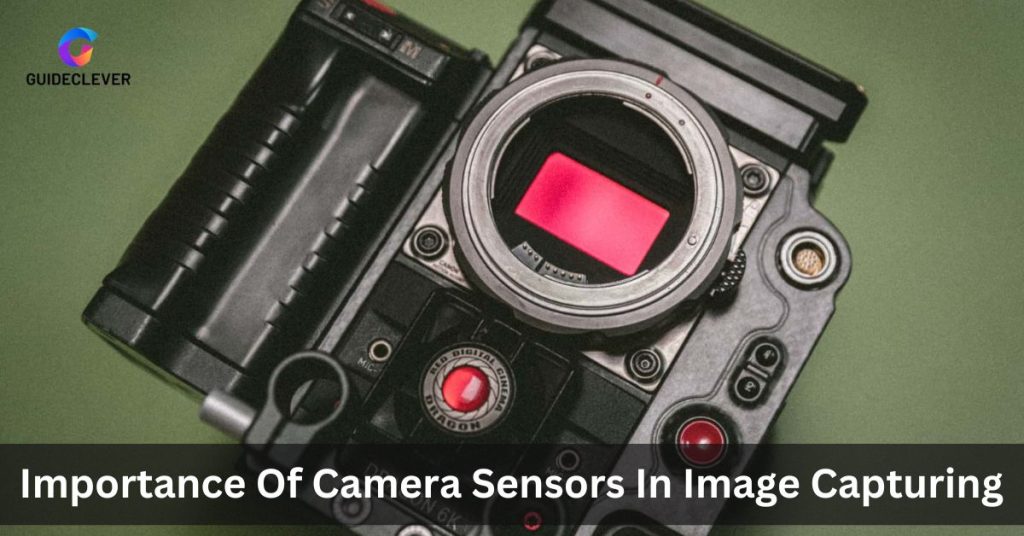
The equipment that turns light from a scene into an image is called a camera’s sensor. The most crucial component of every digital camera is the sensor. Because it determines how much detail can be captured in your photos. The size and number of pixels, type of color filter array, and other features all depend on the type of sensor used.
Now we will know about the difference between CMOS and CCD,
What is CMOS Sensor ?
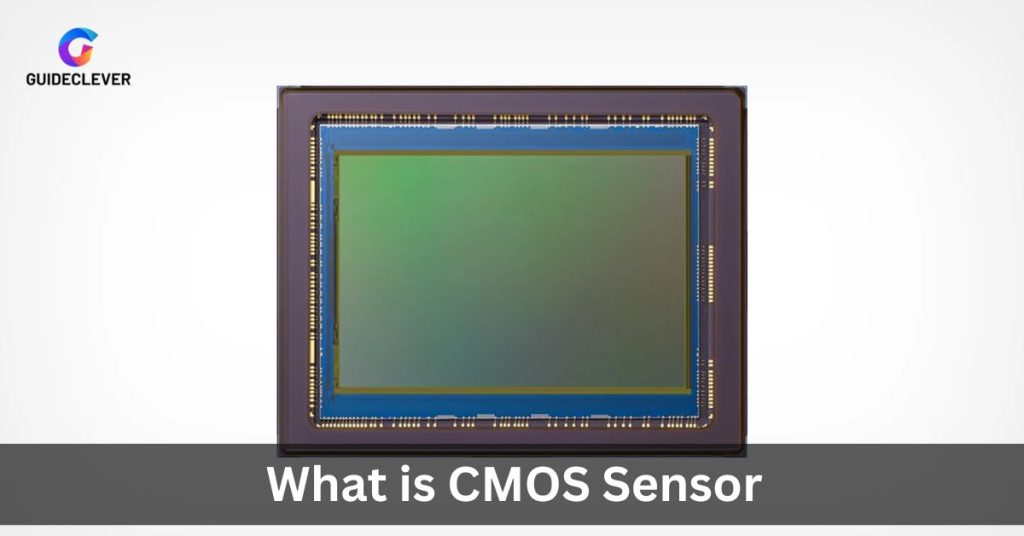
Complementary Metal-Oxide Semiconductor is what CMOS stands for. This type of sensor comprises an array of transistors that connect to photodiodes. The transistors can use to control the exposure and other settings. It allows more flexibility in image capturing. They are also low-cost compared to CCD sensors.
How Do CMOS Sensors Work
CMOS sensors work by shifting the charge of photodiodes through a transistor array. This creates an electronic signal that use to create the image. This type of sensor is more efficient than CCD sensors because it only needs to shift the charge once. CMOS sensors can also use for video recording.
Advantages of CMOS Sensors
CMOS sensors offer several advantages. These camera sensors consume less power. Allows longer battery life in portable devices. CMOS sensors also excel at speed, allowing fast continuous shooting and video recording. Additionally, CMOS sensors can read the entire image simultaneously. Moreover, it has several advantages such as,
- At low cost
- Low power consumption
- It is possible to use it to record videos.
- Flexible exposure and settings control
But this Cessnare has a feature that many people don’t like. That is, the noise is a bit high due to the lack of noise reduction technology.
Limitations of CMOS Sensors
Despite their advantages, CMOS sensors also have some limitations. They are more susceptible to noise and artifacts than CCD sensors. They often have slower reading rates as well. Rolling shutter artifacts in videos may result from such.
Now we will know what is CCD sensors.
What is CCD Sensor?
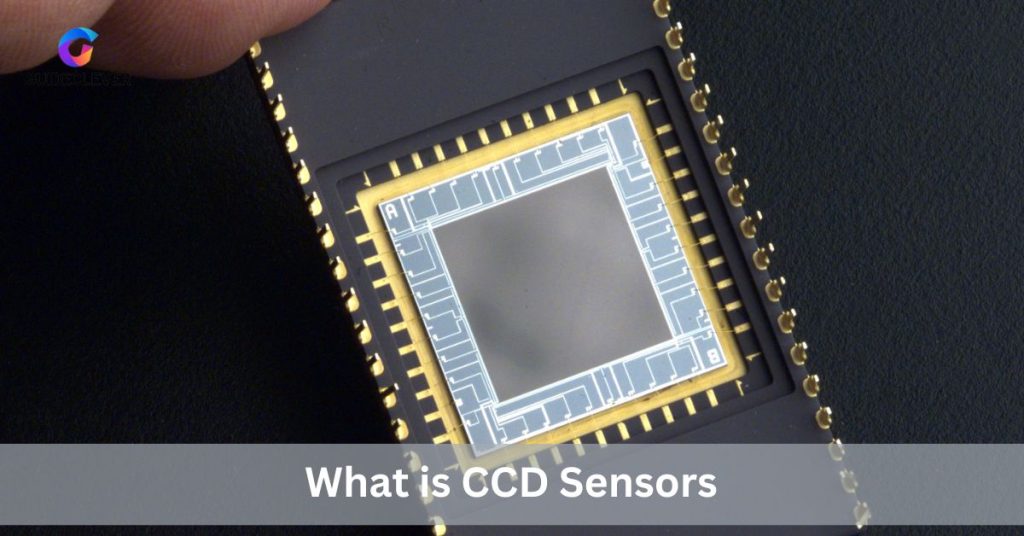
An integrated circuit with many of connections is called a charge-coupled device (CCD). Each capacitor has the ability to send its electric charge to an adjacent capacitor under the control of an external circuit. Digital imaging makes extensive use of CCD sensors.
How CCD Sensors Work
By turning light into an electrical signal, CCD sensors function. When light hits a CCD sensor, it generates electrons. Then, a string of capacitors receives these electrons. They are amplified and turned into a digital signal in this location. A computer or other device receives the digital signal after that for processing and display.
Advantages of CCD Sensors
CCD sensors have their own advantages. Generally speaking, they provide good image quality with little noise and a wide dynamic range. That also makes them ideal for applications that demand high-quality images. The superb color accuracy and low light performance of CCD sensors are well recognized. They are thus a preferred best option for experts in photography.
Limitations of CCD Sensors
A limitation of CCD sensors is their slower readout speed than CMOS sensors. This can slow down continuous shooting and video recording capabilities. Also, CCD sensors consume more power. As a result, the battery life of the device that uses them is reduced.
Now, let’s compare CMOS and CCD sensors across various factors. As a result of help, you can understand their differences better.
CMOS vs. CCD: A Comparison
Power Consumption
CCD sensors use more energy than CMOS sensors do. They are thus more suited for mobile devices that depend on battery life.
Image Quality
CCD sensors generally offer better image quality than CMOS sensors. But, this gap has been reduced due to the introduction of improved noise reduction technology.
Sensitivity and Noise Performance
CCD sensors tend to be more sensitive to light which makes them a good choice for low-light photography. They exhibit low noise levels. This results in clearer images with less grain. CMOS sensors have historically struggled with noise. But technological advances have narrowed the gap in recent years.
Speed and Power Consumption
Regarding speed and power consumption, CMOS sensors are the clear winners. They offer faster readout speeds and lower power consumption than CCD sensors. That makes them better suited for applications that need fast continuous shooting or video recording. A superior image quality and low noise performance, But, are offered by CCD sensors. That makes them the preferred choice for professional photographers.
Pixel Size
CMOS sensors are generally larger than CCD sensors. That makes them better suited for applications that need large pixels.
Overall, both CMOS and CCD sensors have their own advantages and disadvantages. You can select the one that best fits your application based on your demands.
As a photographer, you must know which sensor is best for video making.
Which Sensors Are Best For Video Production
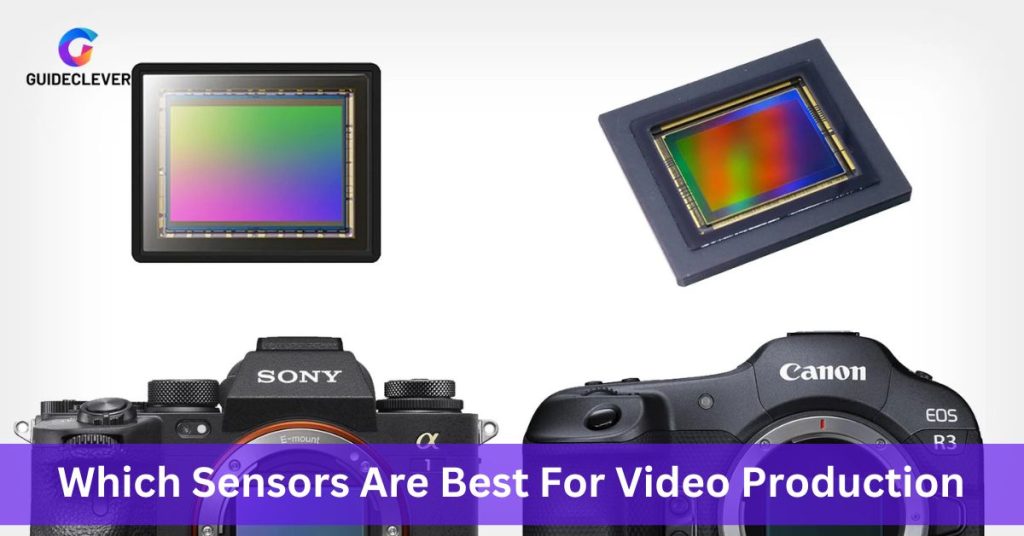
For video production, CMOS sensors are the recommended choice.
They provide faster readout speeds and can include features like phase detection autofocus. This makes them ideal for applications requiring fast and precise autofocus photography performance. Also, CMOS sensors offer lower power consumption and better video performance than CCD sensors. That makes them the preferred choice for professional videographers.
Now we are going to know FAQ ( Frequently asked question)
FAQs
Which sensor type is better for professional photography?
The favored option for professional photography is CCD sensors. They work well in low light and have good color accuracy. Additionally, they make very little noise.
Can I use CMOS and CCD sensors interchangeably?
Each type of sensor works best in different applications. It is crucial to pick the one that best meets your needs.
Do CMOS sensors offer better video performance than CCD sensors?
Yes, CMOS sensors generally offer better video performance than CCD sensors. Their faster readout speeds reduce rolling shutter artifacts in videos.
Conclusion
Digital cameras use two different kinds of image sensors: CMOS and CCD. They both have benefits and drawbacks. They are ideal for a variety of applications as a result. Excellent color fidelity and low-light performance are provided by CCD sensors. Ultimately, choosing the sensor type that best suits your needs is important. Yet, CMOS sensors are generally the preferred choice by professional videographers. We mentioned above why they prefer CMOS sensors. We now understand the difference between CMOS and CCD sensors as a result of the explanation above.


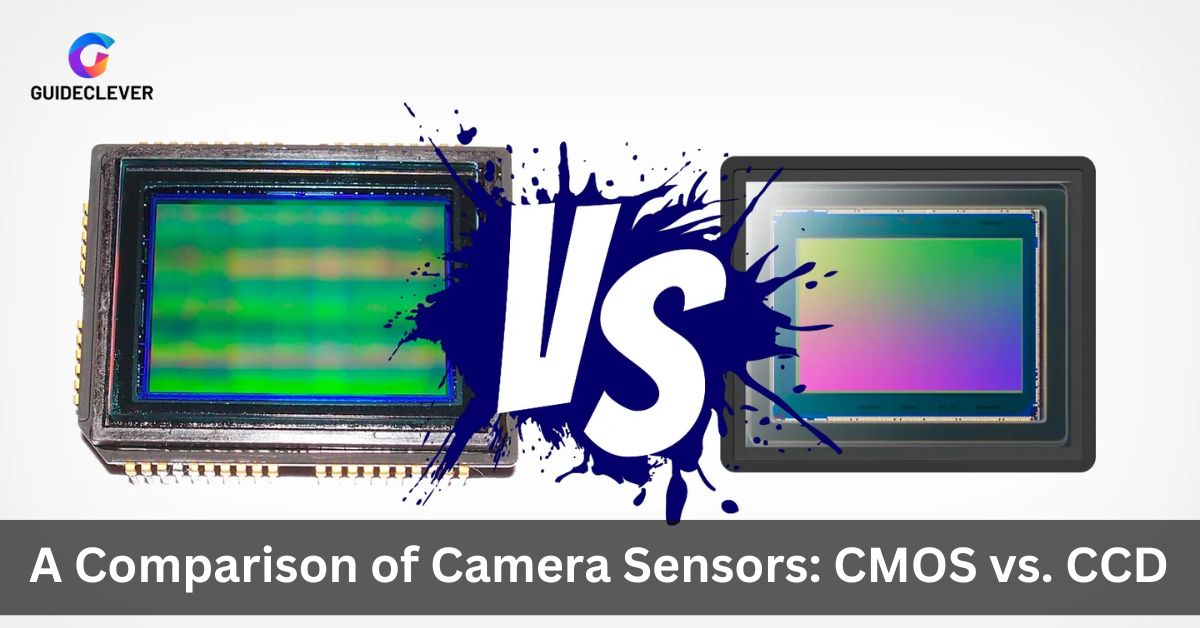
5 thoughts on “A Comparison Of Camera Sensors: CMOS vs. CCD – In 2023”